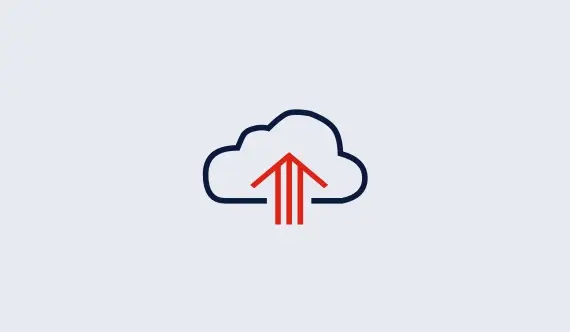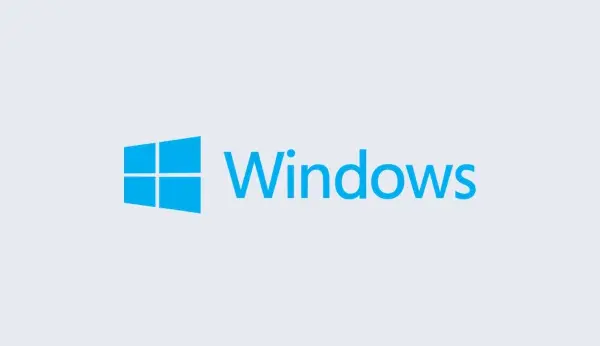Filter Content By
Version
Text Search
${sidebar_list_label} - Back
Filter by Language
Creating the environment
After declaring the necessary program variables, the example continues by creating an environment:
error = GRBloadenv(&env, "mip1.log");
if (error || env == NULL) {
fprintf(stderr, "Error: could not create environment\n");
exit(1);
}
Later attempts to create optimization models will always require an
environment, so environment creation should always be the first step
when using the Gurobi optimizer. The second argument to
GRBloadenv() provides the name of the Gurobi log file. If the
argument is an empty string or NULL, no log file will be written.
Note that environment creation may fail, so you should check the return value of the call.









